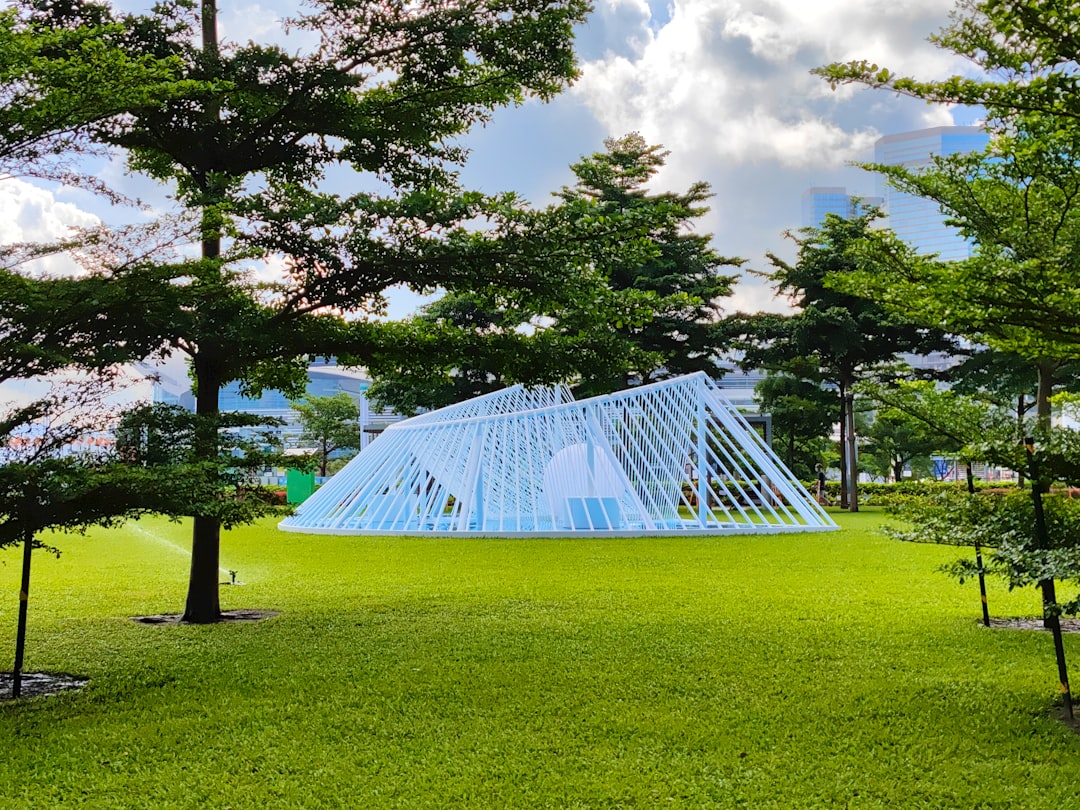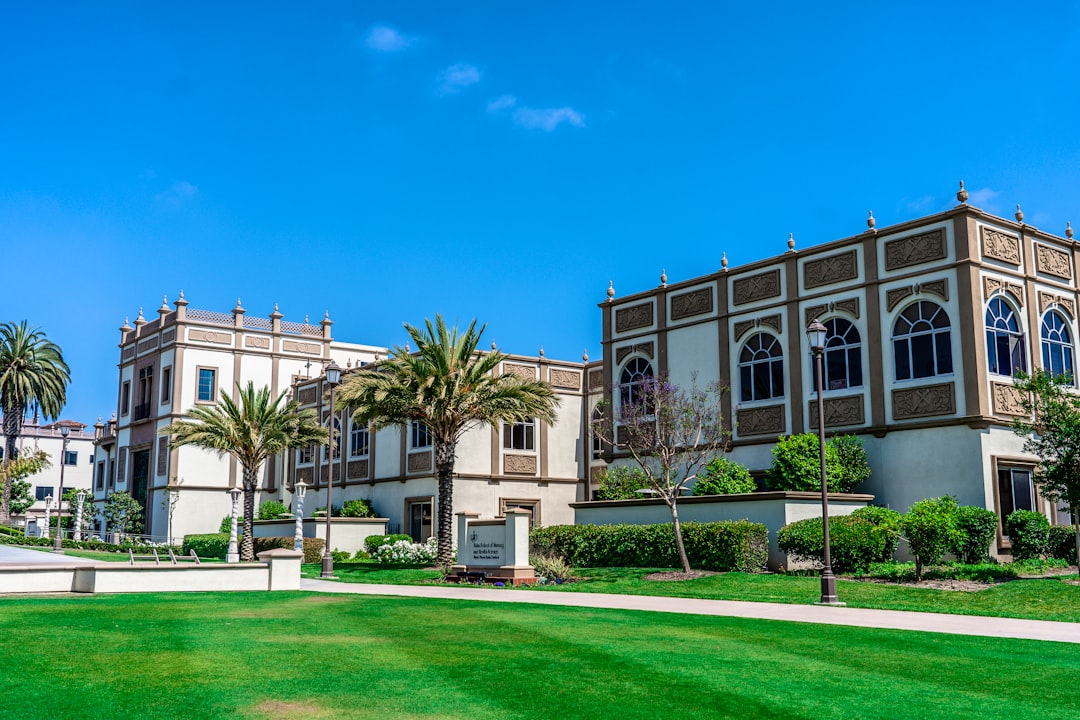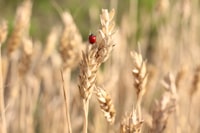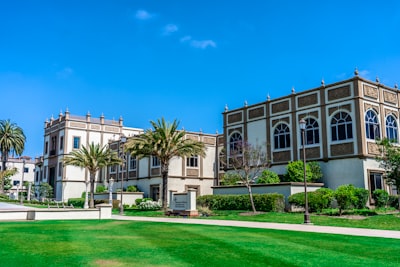Journal article
+
other
others
×
Authors
Paulino A. Oñal, Nescel P. Panes Jr, Violeta A. Neri
The present status of sugarcane farming at the Visayan area of the Philippines has a very low productivity especially on area with 10.0 hectares and below. Doloriel (2014) confirmed this on his study that sugarcane farming is productive and profitable only for medium and large sized farms with and area of 10.01 hectares and above. This confirmed that small sugarcane farming is not profitable which is 79% of 424,199 hectares, the total area planted sugarcane for the whole Philippines. This descriptive method of research aid at determining the productivity of sugarcane farmers and farm profile in the Visayas, Philippines. The 400 sugarcane farmers randomly identified at the 10 Mill Districts in the Visayas area of the Philippines. An instrument used was the agency Extension Program Guidelines that measures productivity, sugarcane farmers and farm profile, among others. The result shows that the level of productivity of sugarcane farms at the Visayas area was high and a significant difference indicates on the level of productivity of sugarcane farms when grouped as to location. The level of productivity of sugarcane farming in the Visayas in terms of indicators such as size of farm, type of soil, land topography, average rainfall received, distance of the farm to the sugar mill, farming innovations, workers' availability and expenses per hectare was at low productivity. Significant difference in the productivity of sugarcane farming at the different Mill Districts in the Visayas area in terms of size of farm, land topography, distance of the farm to the sugar mill, farming innovations, workers' availability, and expenses per hectare except for the type of soil and average rainfall.
















































